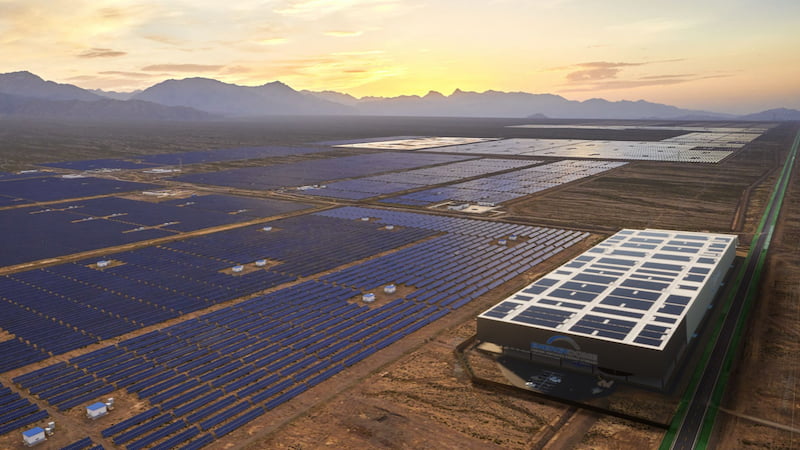
An Italian start-up wants to use CO2 to store energy in high-yield times and feed it back into the power grid when needed.
Ideally, the electricity mix of the future consists exclusively of sustainable energy. In Germany, however, we are still too dependent on coal. In order to achieve our climate goals, an early phase-out is therefore unassailable. But sun or wind are not permanently available.
The supply of energy must nevertheless be guaranteed. Modern energy storage will therefore be in greater demand than ever for the coming decades. Lithium-ion batteries are not always the ideal solution. Although the established technology enables the rapid storage and retrieval of electricity, the batteries still have some weaknesses.
These react particularly sensitively to ambient temperatures and are comparatively expensive at 300 US dollars per kilowatt hour. An Italian start-up therefore wants to use carbon dioxide (CO2) as a sustainable energy storage medium.
CO2 as a cheap and reliable energy storage
CO2 and sustainable: You rarely hear that in one sentence. The start-up Energy Dome wants to change that and use the gas to store excess energy. A special property of CO₂ is used for this purpose. This is because the gas liquefies relatively quickly under pressure. Normal ambient temperatures are already sufficient for this process.
In the first step, a compressor compresses the carbon dioxide. A system of pipes then presses the liquefied gas into small steel tanks. Heat is generated as a by-product, which the system also stores in an isolated area.
As soon as the demand for energy increases, the system uses the stored heat and decompresses the CO₂. A generator is driven by the carbon dioxide that has become gas and thus generates electricity.
Storage via carbon dioxide requires less space and energy
The technique has several advantages. Compared to solutions in which air serves as storage, the space requirement is small. By using the ambient temperature, the energy requirement is negligible at the same time. If wind power or solar systems produce energy, this could flow directly into the storage on site.
In a first extrapolation, the price per kilowatt hour is 200 US dollars. This means that the technology is already more profitable than using lithium-ion batteries. With scaling, however, this value should continue to decrease in the long term.
The start-up anticipates a storage capacity of five megawatt hours for the first pilot plant. Once commercialized, constructions with a capacity of 200 megawatt hours are likely to follow. So it will be exciting to see what experiences will be made in Italy from 2023.
Also interesting:
Source: https://www.basicthinking.de/blog/2022/05/06/co2-als-stromspeicher/


